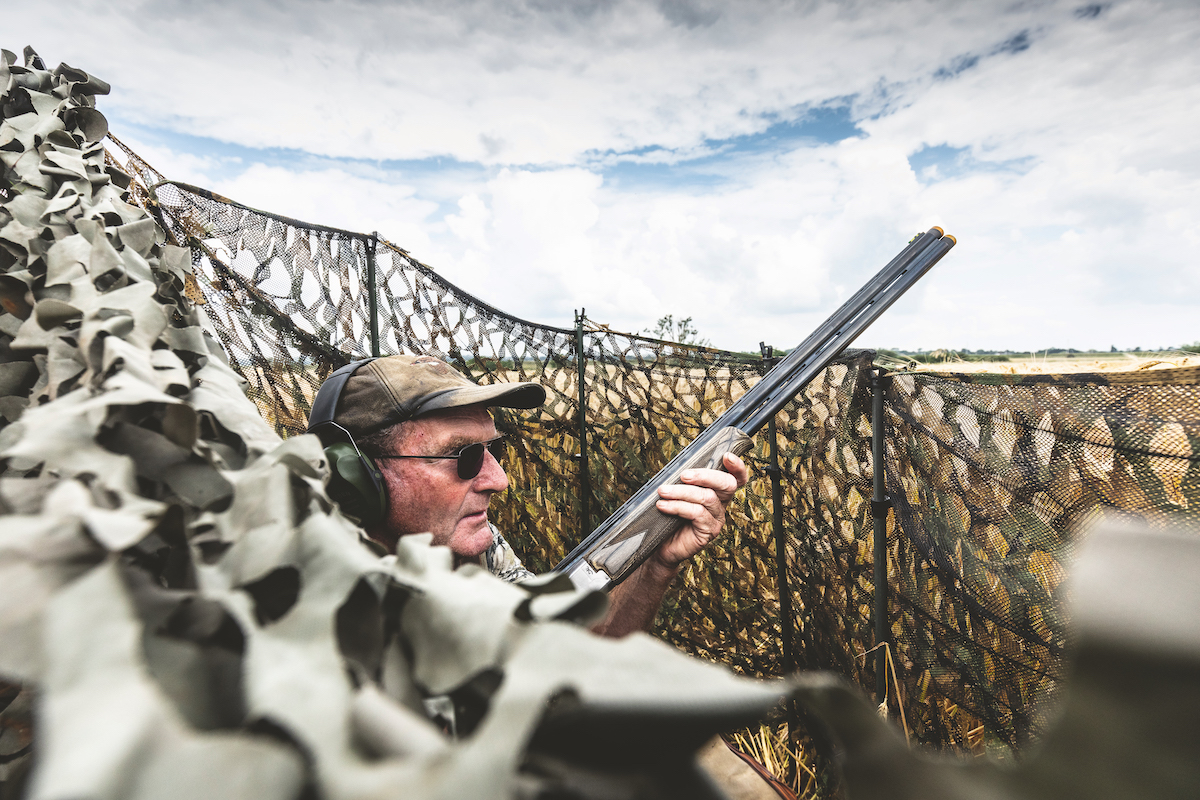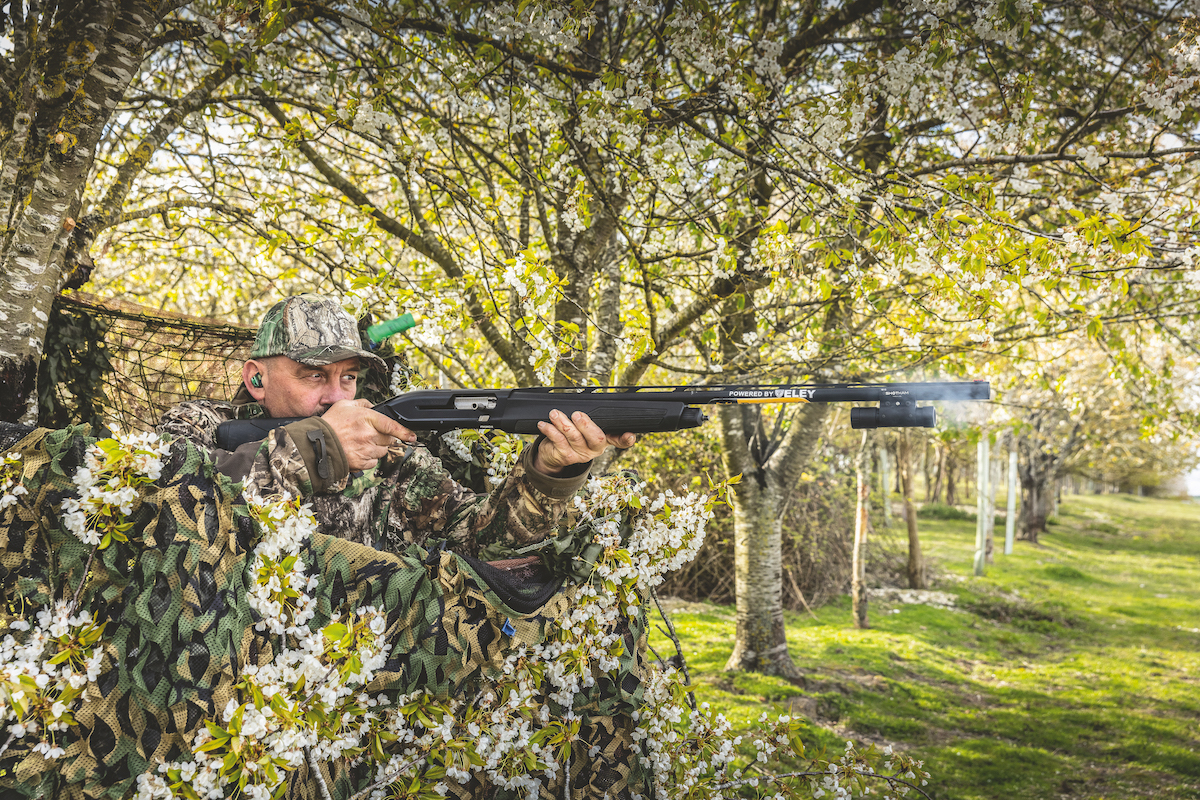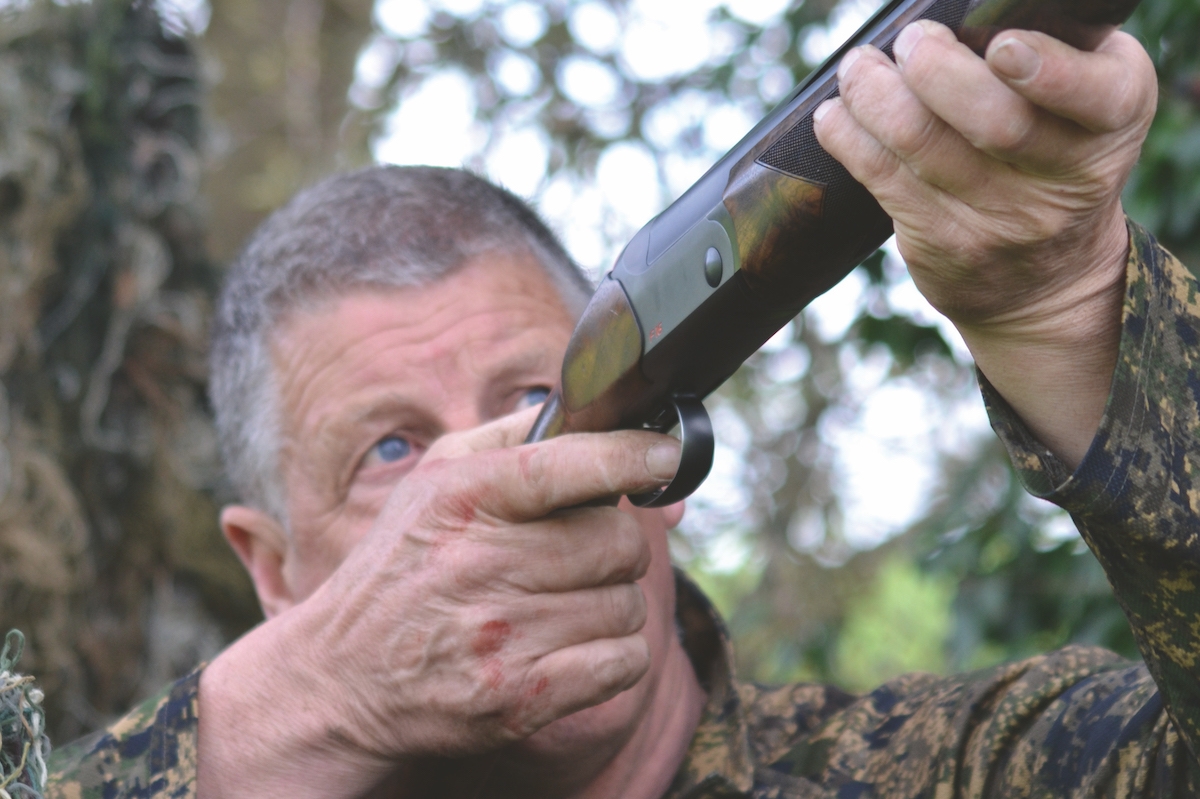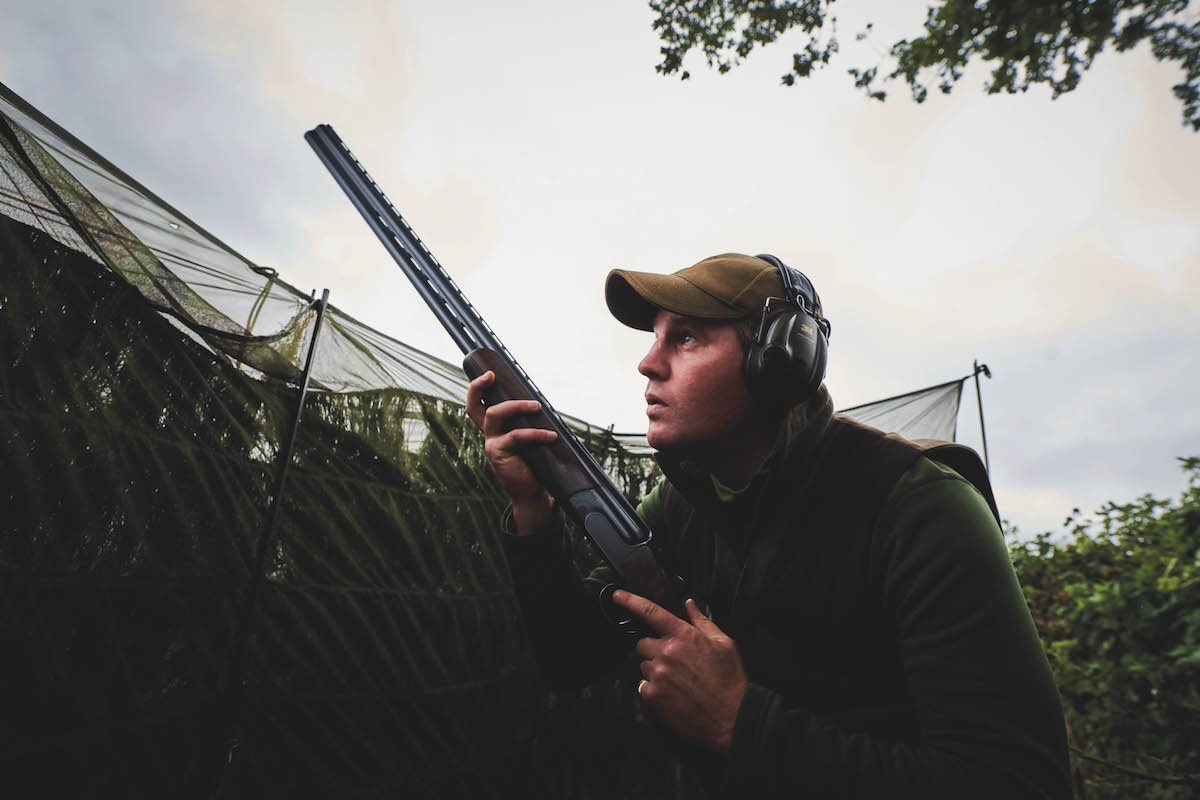Field battery
Peter Theobald gears up for his favourite time of the year to engage with his old adversary

It may be a challenge getting all your kit into position, but it's worth it for some top-quality shooting
Most serious decoyers will tell you that they have favourite times of year when it comes to shooting pigeons. It may be the start of the spring drillings, or the emergence of the early pea shoots, and is usually connected to the fact that there will be an increase in shooting opportunities. My favourite period is fast approaching, because July signals the time when pigeons have access to the protein-rich bounty of cereal crops.
With spring drillings a distant memory, woodies have had to exist on a variety of green crops such as stunted rape, clover or pea shoots, and, while they can survive on such a diet, it will not build their fat reserves, essential for successful breeding. Granted, pigeons are recorded as breeding in every month of the year, but it is no coincidence that squab survival rates increase dramatically when the parents have been feeding on cereals.

Peter sets up his hide in the barley, being careful not to damage the crop
Recall
Now is the time of year when we must have a photographic memory of all the crops grown on our permissions if we are not going to miss opportunities. Don’t rely on farmers to give you a call when birds are hitting a certain crop, they are far too busy and are more likely to tell a farmhand to put out a gas gun.
So, what is the first crop that is likely to attract the attention of ever vigilant pigeons? In my part of the world in Essex, it is a toss-up between winter barley and oilseed rape. The barley will come up trumps if there have been heavy storms flattening areas of the crop. Science has not come up with a stiff-stemmed variety of barley yet, so birds can only access it if there are laid patches.
In the absence of storms, the harvesting of rape will pull the pigeons, almost overnight, even if they have been feeding steadily on barley. They will stay on the little black seeds until rainfall germinates them, at which time they will desert to pastures new. You might think that they would go back to the barley in this scenario, but it gets less attractive as it ripens, meaning birds will generally switch their attention to winter wheat as soon as it reaches the ‘milky’ stage.
This is where things get tricky for us decoyers, as winter wheat is grown far more extensively than winter barley and, to make it even more difficult for us, pigeons have learned to land on top of standing wheat, because the stiff stems support their weight. Also, no one field is likely to be more attractive than any other, as birds can literally land anywhere, but being birds of habit they will have favourite fields that they prefer year after year.

Picking up can be an exhausting business in the summer heat
Window
On balance, I’m glad that the laid barley only provides a small window of opportunity, as it is a nightmare to retrieve shot birds, meaning you face the moral dilemma of shooting birds that you are unlikely to pick up. I respect decoyers who will not shoot over crops where shot birds cannot be collected, but I also respect the farmer whose livelihood we are protecting, and without whose permission we would have nowhere to shoot.
You can minimise the wastage by exercising discipline and only shooting birds over the laid patches; the perfect situation being where you decoy a pasture before they even reach the barley. Picking up in standing wheat can be effective if you walk down the rows in four foot passes, keeping damage done by yourself to a minimum. The single biggest problem to overcome when shooting on any laid or standing crop is getting all your gear to your chosen spot, as you can bet your last penny that the best place to set up will be the furthest point from where you can park. Picking up is exhausting, and then you have to return everything to the truck in the heat. And you thought this decoying lark was supposed to be enjoyable?
Once the combines start moving in, things at least get easier with regard to driving to your chosen spot, but with the landscape changing on a daily basis, you really have to be up to speed with your reconnaissance. Fields that were alive with birds yesterday, are deserted today, the pigeons having moved on to something more to their liking. That said, birds will generally only shift fields if the food has been exhausted, and it is always worth checking how much grain is left on the ground before planning an outing. As always, the man who combines knowledge with experience in equal measure will enjoy the most success.








